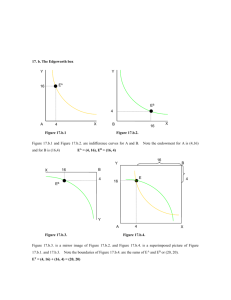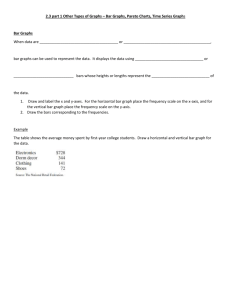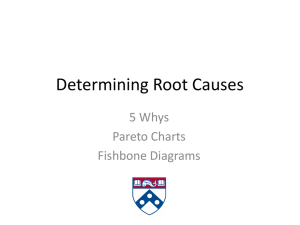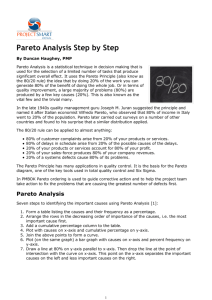Coursework sheet - staff.city.ac.uk
advertisement
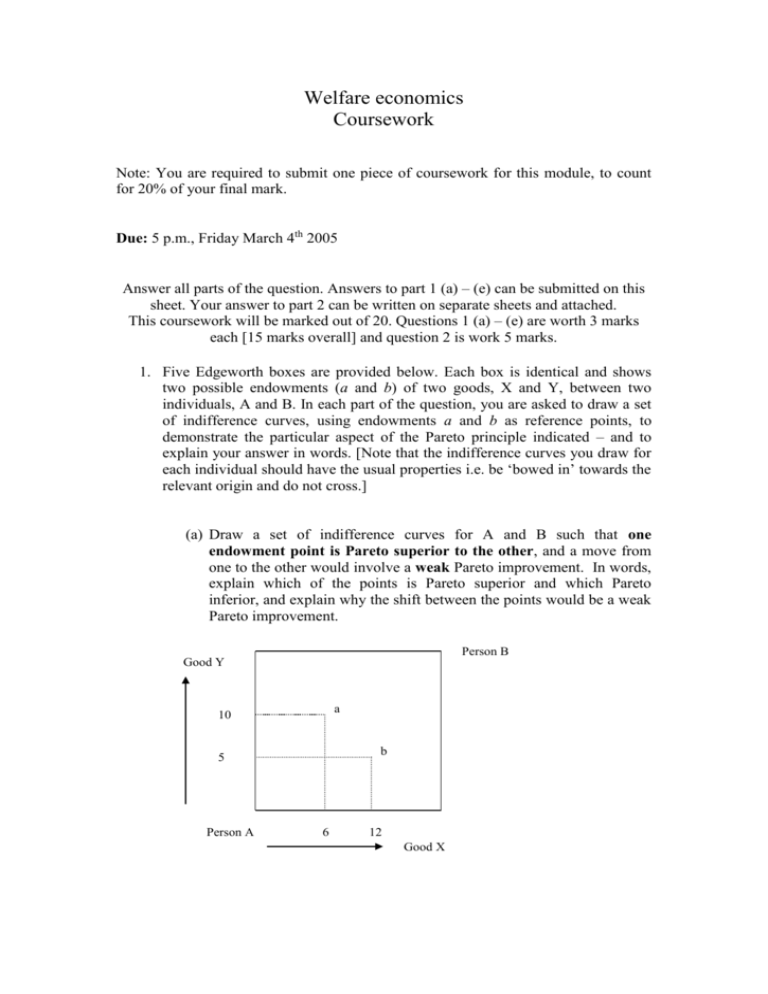
Welfare economics Coursework Note: You are required to submit one piece of coursework for this module, to count for 20% of your final mark. Due: 5 p.m., Friday March 4th 2005 Answer all parts of the question. Answers to part 1 (a) – (e) can be submitted on this sheet. Your answer to part 2 can be written on separate sheets and attached. This coursework will be marked out of 20. Questions 1 (a) – (e) are worth 3 marks each [15 marks overall] and question 2 is work 5 marks. 1. Five Edgeworth boxes are provided below. Each box is identical and shows two possible endowments (a and b) of two goods, X and Y, between two individuals, A and B. In each part of the question, you are asked to draw a set of indifference curves, using endowments a and b as reference points, to demonstrate the particular aspect of the Pareto principle indicated – and to explain your answer in words. [Note that the indifference curves you draw for each individual should have the usual properties i.e. be ‘bowed in’ towards the relevant origin and do not cross.] (a) Draw a set of indifference curves for A and B such that one endowment point is Pareto superior to the other, and a move from one to the other would involve a weak Pareto improvement. In words, explain which of the points is Pareto superior and which Pareto inferior, and explain why the shift between the points would be a weak Pareto improvement. Person B Good Y a 10 b 5 Person A 6 12 Good X (b) Draw a set of indifference curves for A and B such that one endowment point is Pareto superior to the other, and a move from one to the other would involve a strong Pareto improvement. In words, explain which of the points is Pareto superior and which Pareto inferior, and explain why the shift between the points would be a strong Pareto improvement. Person B Good Y a 10 b 5 Person A 6 12 Good X (c) Draw a set of indifference curves for A and B such that a and b are Pareto indifferent. Explain in words what Pareto indifference means for the social ranking of a and b. Person B Good Y a 10 b 5 Person A 6 12 Good X (d) Draw a set of indifference curves for A and B such that points a and b are Pareto non-comparable, and at least one endowment is not Pareto optimal. Explain in words what non-comparability means. Person B Good Y a 10 b 5 Person A 6 12 Good X (e) Draw a set of indifference curves for A and B such that points a and b are Pareto non-comparable, and both endowments are Pareto optimal. What does this imply about the preferences of A and B with respect to goods X and Y? What does your answer suggest about the contract curve? Person B Good Y a 10 b 5 Person A 6 12 Good X 2. What are the strengths and limitations of the Pareto principle as a basis for social choices? Note: The word limit and submission date should be strictly observed. Please hand in your completed coursework, together with a coversheet, to the School of Social Sciences Building. If you have any enquiries about the coursework for this module, please contact me at: n.j.devlin@city.ac.uk


